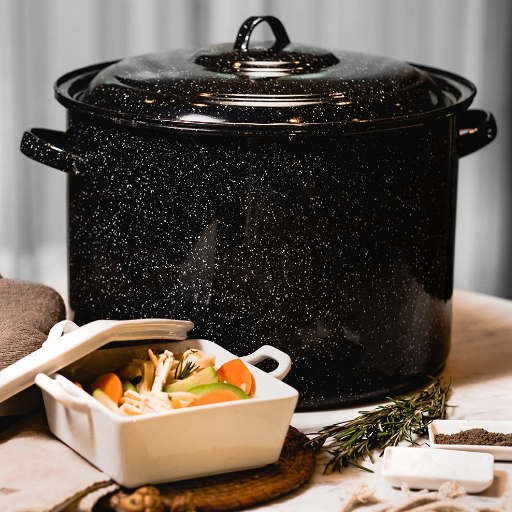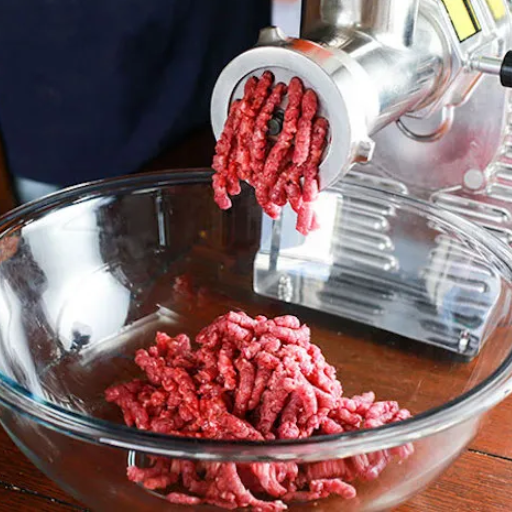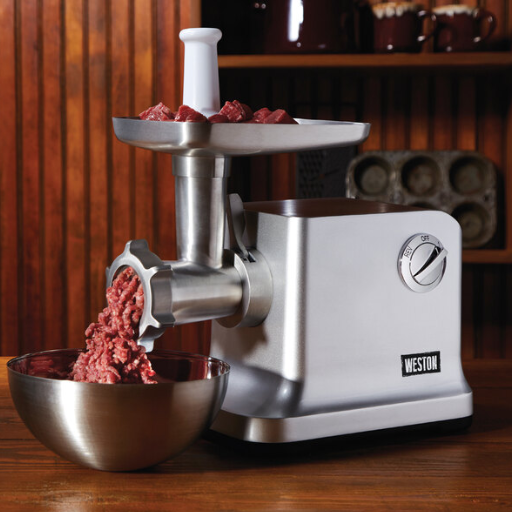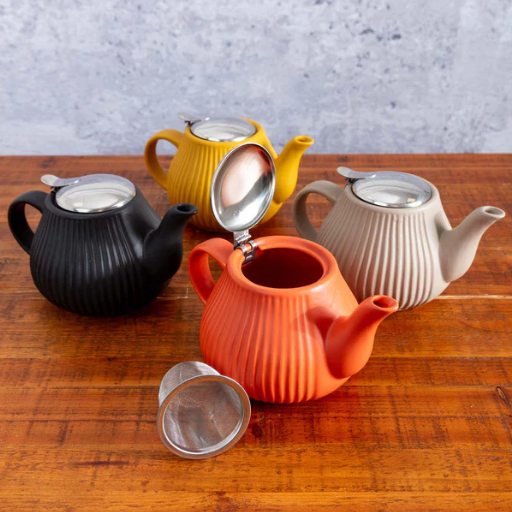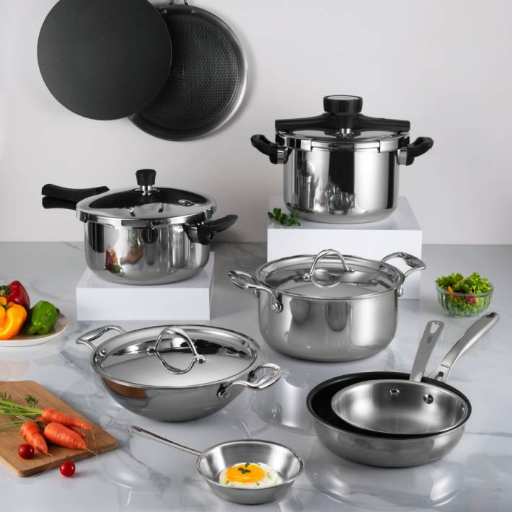Nothing comes close to the par step Persian charcoal grill when it comes to other methods. Marinated with years of tradition, charcoal does turn simpler ingredients not just into mastery, but absolutely mouthwatering with its flavorful smoke. It does wonders. Whatever your title is, whether a professional grill master or even an inquisitive cook willing to try new things, this guide is intended for you. This guide provides detailed information regarding mastering the Persian charcoal grill. Getting the perfect cut or meat, preparing the authentic marinades, or balancing the flavors and perfect char, we have everything covered for you step by step so that by height with every single bite, you can feel the art and science behind it highlighted with the unass163=asting meals infused with rich cultural history and tradition while ensuring it is a BBQ with a twist. Get excited to explore new horizons of BBQ.
What is a Persian Charcoal Grill?
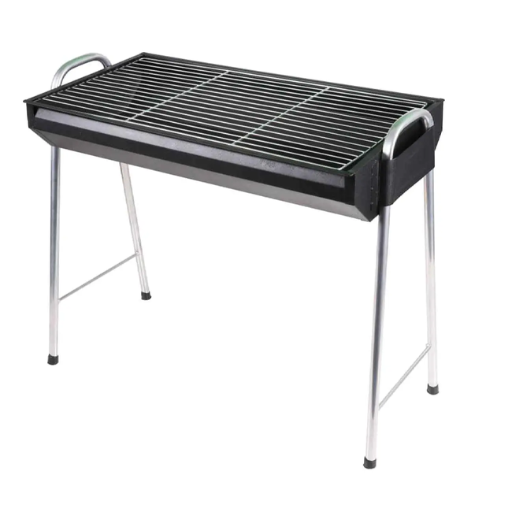
The Iranian kabob grill is famous for perparing kabobs while enabling an even cook over charcoal fire and giving the required heat for perfect Persian cuisine. Seriously constructed to have a long narrow shape so its easy to place sticks with meat, these grills have a strong fire holding ability that is important for the well known and evergreen Persian kabobs. Traditional Persian charcoal grills are a Persian invention aimed at perfection when it comes to cooking meat over fires.
Understanding the Mangal and Its Significance
The mangal grill is famous in Middle Eastern cuisine and other regions. Mainly portable and rectangular in shape, they are equipped to hold the needed charcoal, sticks, and other grill essentials for perfect kabobs. Mangals were historically used for gatherings and not only were a sign of great food, but also hospitality combined with friendship for anybody steps inside the grill vicinity.
Stainless steel, an advanced material, is now used in modern variations of the mangal because it is durable and easy to clean. The traditional design of mangal remains unaffected. The efficiency of mangal on maintaining the optimal range for grilling charcoal, which is commonly between 500°F and 700°F, is a well-documented fact. Moreover, mangal is noted for its orderly heat distribution while cooking, which allows the precise preparation of meat, vegetables, and bread. This also ensures them the characteristic kebab and kofta smokiness. During gatherings—big or small—the mangal is a reminder of modern innovation and ancient tradition, symbolizing our culture of progress.
Differences Between Persian, Middle Eastern, and Turkish Grills
|
Key Point |
Persian Grills |
Middle Eastern Grills |
Turkish Grills |
|---|---|---|---|
|
Heat Source |
Charcoal or wood |
Charcoal or gas |
Charcoal primarily |
|
Cooking Style |
Slow cooking |
Balanced cooking speeds |
Quick, direct grilling |
|
Common Tools |
Skewers, grill grates |
Skewers, flat grills |
Skewers, shallow grills |
|
Meat Preferences |
Lamb, chicken, fish |
Lamb, beef, chicken |
Lamb, chicken |
|
Spices and Marinades |
Saffron, sumac |
Za’atar, allspice |
Paprika, oregano |
|
Cooking Temperature |
Low to medium heat |
Medium heat |
Medium to high heat |
|
Traditional Dishes |
Kebab, Koobideh, Joojeh |
Shawarma, Kofta |
Döner, Shish Kebab |
|
Accompaniments |
Basmati rice, herbs |
Pita, hummus |
Flatbread, salads |
|
Aroma and Flavor |
Subtle, herb-infused smoke |
Rich, well-spiced |
Smoky, bold flavors |
|
Grill Design |
Raised or deep grills |
Flat, open grills |
Long, narrow grills |
Key Features of a Traditional Persian Charcoal Grill
Each type of grill has its distinct pieces of equipment that are meant to emphasize the efficiency of usage. The traditional Persian grills are a good example. The traditional Persian charcoal grill is a combination of aesthetics as well as the quality of serving food. Below is the elaboration in bulleted points of the above statement.
- Construction Material
The eternal Persian grill is made up of stainless steel or cast iron bars, thus making it more resistant to wear as well as providing quality heat dispersion and delivery.
- Length and Shape
The width of these grills is pretty large so that multiple skewers, also known as “seekh”, can be placed at a time, such that an efficient amount of kebabs are cooked at a given period of time.
- Adjustable Skewer Holders
Each skewer holder allows for adjustment of altitude, which can move up and down to adjust the position of the skewer above the coal.
- Charcoal Tray
Includes a large tray to hold natural wood lump char coal. The tray is good for consistency when it comes to delivering heat as well as making the smoke flavor stronger.
- Ventilation Openings
The traditional wood burners are charcoals that come with many slit holes for letting air and smoke escape.
The features presented integrate the quality alongside the long-sought-after characteristics for making Persian dishes.
How to Choose the Right Kebab Grill?
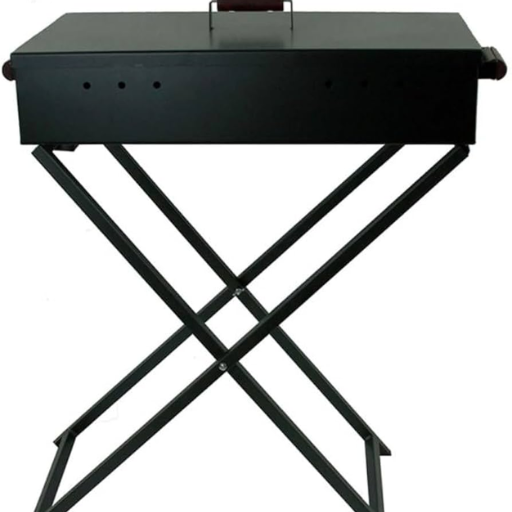
A grill for kebabs is best selected by considering the following factors:
- Size and Capacity
Choose the size of the grill based on how many kebabs you usually make at once. For bigger gatherings, look for a grill with a bigger diameter for more skewers.
- Material Quality
Also, ensure that the grills you focus on are made from more difficult to destroy materials, such as stainless steel or cast iron, since they will last you longer and they heat up evenly.
- Heat Source
Consider deciding between propane gas, electric and charcoal. While electric and propane gas will provide ease, charcoal is always the best for providing a real barbeque-smoked flavor.
- Ease of Cleaning
The maintenance of the grill is quite tricky, ensure that it has easily removable parts to aid maintenance or has parts that can be wiped easily.
- Adjustable Features
Skewers can also be set to different heights thus the grill can cater for different styles and preferences, choose one that has better ventilation and can thus be set to higher or lower for better control.
With all the factors mentioned above, you will be able to find a grill with great balance in durability, efficiency and amazing cooking capabilities.
Essential Features to Look For in a Kebab Grill
Grilling kebabs requires great attention to detail so that the grill’s design leads to seamless performance. The following pointers serve as a guide on what a buyer should look for:
- Heat Source and Distribution
- Pick a grill that allows even heat distribution to avoid burning any sides of the food. Gas grills are the best for controllable temperature but charcoal grills provide flavor because of real wood burning.
- They are also very handy as there are systems that use infrared heat as their main source.
- Material Composition and Durability
- Check that the suppliers produce high-quality products you can easily recognize with your eyes because they use stainless steel and sometimes cast iron because of durability without rusting.
- Lightweight and can withstand thousands of degrees, stainless steel grills guarantee longevity even in extreme cooking conditions.
- Cooking Surface Area
- Your volume needs should dictate the size of the surface area for cooking. For bulk preparation, larger surfaces work best. For personal use, compact grills are more appropriate.
- Multi-tiered racks can maximize the cooking capacity, hence consider grills with these features. They provide additional capacity without increasing the footprint.
- Temperature Control Mechanisms
- Look for grills that offer options for fine-tuned controls. For charcoal grills, adjustable air vents can be included as a feature, and those for gas stoves can have more precise dials.
- Active monitoring of the temperature will prevent the overcooking or undercooking of kebabs during the lengthy processes.
After assessing all these features, users can select a grill for kebabs that efficiently fulfills their cooking requirements while being safe, durable, and dependable.
Benefits of Stainless Steel vs. Cast Iron Grills
|
Feature |
Stainless Steel Grills |
Cast Iron Grills |
|---|---|---|
|
Heat Retention |
Moderate heat retention |
Excellent heat retention |
|
Heat Distribution |
Even heat distribution |
Can have uneven heat distribution |
|
Durability |
Resistant to rust and corrosion |
Prone to rust if not maintained properly |
|
Weight |
Lightweight design for easy portability |
Heavy and less portable |
|
Maintenance |
Easy to clean and low maintenance |
Requires frequent cleaning and seasoning |
|
Longevity |
Long-lasting with proper care |
Can last decades with consistent care |
|
Cost |
Typically more expensive |
More affordable upfront |
|
Aesthetic Appeal |
Sleek and modern appearance |
Classic, rugged look |
|
Pre-heating Time |
Quick pre-heating |
Slower to preheat |
|
Suitability for Outdoor Use |
Excellent in various weather conditions |
Requires extra care in humid conditions |
What Are the Best Techniques for Cooking with a Charcoal Grill?
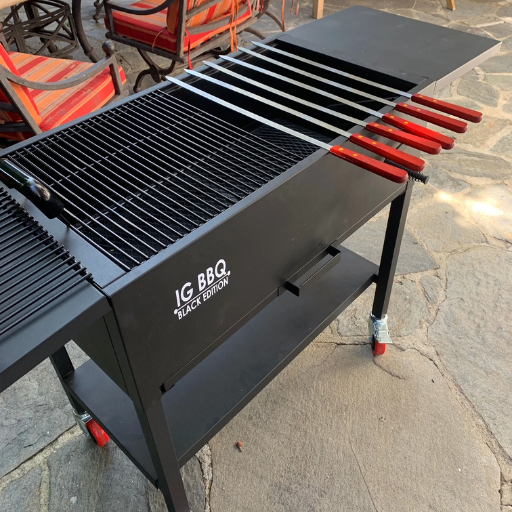
- Use the Two-Zone Fire Method: Allocate the charcoal into two sections where one side has direct high heat while the other side has indirect low heat. This allows for more browning on the sides while maintaining moisture in the center, and can progress the food’s doneness more evenly over time.
- Preheat the Grill: Always allow the grill to reach full temperature, where a light layer of ash covers the burning coals before placing the food over it. This greatly helps with heat distribution and its even burning of food as well.
- Control the Airflow: Temperature can be moderated using the grill’s airflow vents. Heat is directly proportional to the amount of air taken in, while reducing the amount of entering air will drastically lower the temperature.
- Keep the Lid Closed: To achieve optimum temperatures when cooking, it’s crucial to keep the lid shut since this helps improve the smokiness of the meat.
- Add Wood Chips for Flavor: When soaking wood chips in water, inserting them straight onto the hot charcoal can add aroma prior to cooking.
- Clean the Grates: Cleaning the grill’s grates with a grill’s brush strikes off any soot and ensures that residues during cooking both before and after will not be burnt on, leading to improved taste.
When optimizing the performance of your charcoal grill to flavor and evenly cook meals using these tips will greatly help you.
Preparing Your BBQ and Getting the Fire Right
Having a perfectly organized arrangement guarantees a constant, even heat for the BBQ. Like every other task, everything comes down to the right preparations. Everything starts with the right BBQ’s charcoal. Preferred here is lump charcoal because it supports higher temperature and burns cleaner. Unlike briquettes, lump charcoal is preferred. When charcoal is placed into the grill basin or firebox, it is wise to place it in a pyramid form to encourage air flow on ignition. Lighting the charcoal inside a chimney is the best way to get it all to fire. Filling the starter with charcoal and placing a couple of crumpled newspaper pieces with a fire starter at the bottom works wonders. When using this method, there is no need of lighter fluid as they can contribute unwanted flavors, and air is not restricted either.
When the charcoal is fully ignited and ashed over, glow an orange, for direct cooking purposes the charcoal should be spread evenly across the grill. For indirect cooking, arrange the charcoal in the middle of the grill’s long side to set the grill into two zones. With this setup, slower cooking can be done in tandem with food searing held over direct heat. Cook’s control the grill’s internal temperature with its thermometer, and in relation to the vents, the temperature can be controlled by adjusting the position of the vents. The more open the vents are, the hotter the temperature rises, and the cooler the temperature becomes with partially closed vents. These factors, when fine-tuned, provide efficient atmosphere control and better balance of oxygen needed for fire and temperature.
Tips for Achieving Authentic Persian Middle Eastern Flavors
- Use High-Quality Saffron: Persian and Middle Eastern Cuisine is complete with a unique Safron spice. It is best to buy high-quality saffron threads from trusted places like Afghanistan and Iran. For some rice dishes, this small ingredient gives overflowing flavor alongside it’s signature aroma.
- Balance of Spices: Authenticity in flavors comes from the proper integration of spices like turmeric, cumin, cinnamon, and cardamom. An example of this is in the traditional recipes, where the tangy sweetness of the dish is tempered with ground walnut, pomegranate molasses, and subtle warming spice blends.
- Traditional Cooking Methods: Place a lid on stews and kabobs, as well as rice to let them simmer. This is essential for allowing the flavors to blend. Persian rice dishes need a key ingredient which is slowly steaming beneath low heat to form the crispy gold crust called tahdig.
- Use Fresh Herbs in Abundance: Fresh parsley, cilantro, dill, and mint shrubs are very important in the cooking of Persian, and other Middle Eastern cuisines. Ever heard of sabzi khordan, aka the herb platter? Or herb-flavored stews such as Ghormeh Sabzi? They are alive not with but rather brimming with flavor. Studies indicate that the application of fresh herbs can remarkably increase the vitamin levels of meals to A, C, and K.
- Lemon and Yogurt for Acidity: Fresh herbs such as lemons, and yogurt are parts of Persian and Middle Eastern cuisines. Acidic parts like fresh lemon juice and sumac are added for seasoning. These flavors are very important for balancing the richness in Shish Taouk or Dizi.
Achieving these techniques with precision guarantees dishes remain faithful to age-old taste profiles, expanding Persian and Middle Eastern culinary culture appreciation.
What Ingredients Are Essential for Persian BBQ?
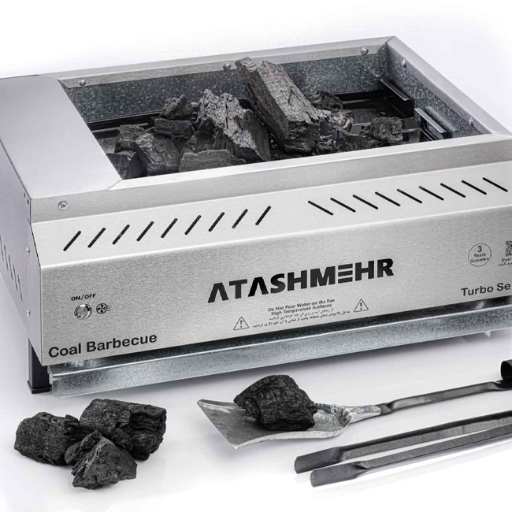
Sufficient worry for the following components is critical when preparing authentic Persian BBQ:
- Meat: Common Proteins Used are lamb, beef, and chicken. Ideal selections include lamb chops, ground beef for koobideh, and chicken thighs.
- Marinade Basics: Tenderizing and flavoring the meat is done by marinating with an onion, garlic, saffron, and lemon juice mixture or yogurt.
- Spices: The primary spices for fleshy meats include turmeric, cumin, black pepper, and salt added to deep savory taste.
- Herbs: The BBQ is complemented with fresh parsley, mint, and cilantro, most of which are used during grilling.
- Grilling Essentials: Accompany it with flatbreads, tomato rice, grilled tomatoes, and even pickles for a complete Persian BBQ meal.
This list gives us the fundamental items essential to make the rich and vivid taste of Persian BBQ.
Choosing the Right Meats for Kabobs
Selecting the appropriate cuts of meat is critical to achieving tender, flavorful kabobs. For beef kabobs, sirloin is often the preferred choice due to its balance of tenderness and fat content, which contributes to optimal juiciness and flavor retention during grilling. Lamb kabobs are best prepared with leg or shoulder cuts, as these contain sufficient marbling for moisture while being robust enough to hold their structure during skewering and grilling. For poultry options, chicken thighs are recommended over breasts due to their higher fat content, which reduces the likelihood of drying out over high heat. When preparing fish kabobs, firmer varieties such as salmon, swordfish, or halibut are ideal since they are less prone to falling apart on the grill. Precision in selecting high-quality, fresh cuts ensures the characteristic succulence and rich flavor of expertly made kabobs.
Marinades and Seasonings for Maximum Flavor
As previously mentioned, the marinade or the seasoning selected plays an important role in preventing kabobs’ imbalance, as they work towards improving the texture and taste of the ingredients. Any marinade has three basic parts: one is an acid, (lemon juice, yogurt or vinegar) which serves to tenderize muscles, and oil which preserves the moisture during cooking, along with herbs, spices, and also garlic, ginger, or paprika to provide richness. Proteins, especially chicken breast, should sit in the marinade anywhere between 30 minutes and up to 24 hours, while vegetables can go for 15-30 minutes. Vegetables do not need quite as much time, otherwise they may lose their structure and turn too soft.
Cumin, coriander, chili powder, smoked paprika—these are just some dry spices used in rubs which dry rubs often use. Spice coat the surface of the item to be cooked so that natural oil and heat moistens these spices. Gives the rub to marinades, when paired, one element warrants closer attention, to provide ingredients like the primary focus to yield best results. For example, fish benefits from citrus based marinades, earthy flavors are better suited for robust red meat. Careful balance of marinades and rubs boosts not only the results but consistency and professional standards on presentation.
How to Properly Maintain Your Charcoal Grill?
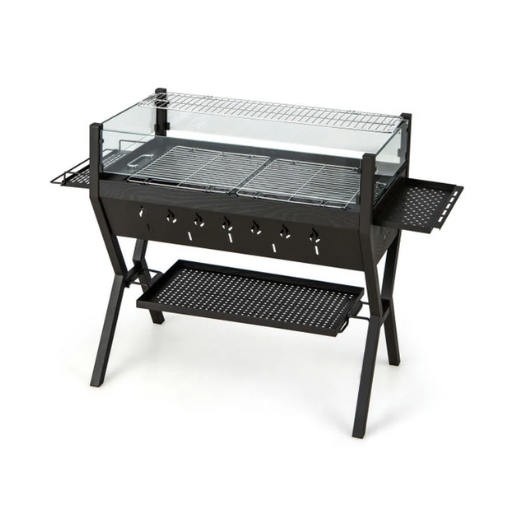
To properly maintain your charcoal grill, follow these essential steps:
- Clean the Grates After Each Use – When the grill cools down but is still warm, remove food particles and grease using the grill brush to scrub the grates. In case of tougher grease, add a bit of water to mild dish soap.
- Remove Ash and Debris – Once the grill has fully cooled, dump out the ash catcher or take ashes from the base of the grill. This will help avoid any buildup that may interfere with airflow and performance.
- Inspect and Clean Vents – Blocked air vents should be checked on a regular basis because ventilation is important for the consistent flow of heat to be maintained.
- Check for Rust – Look for any rust or corrosion on the grill body, lid, and grates. If necessary, safely remove any existing rust and damaged parts if appropriate to maintain.
- Oil the Grates – After cleaning, apply non-static oil onto the grates to prevent rust form accumulation.
- Store Properly – Whenever the grill is not active, it is best to keep it covered with a weather resistant cover in order to shield it from moisture, dust and debris. If possible, keep it in a dry white sheltered area.
Following the steps ensures peak performance for every use while lengthening the life of your charcoal grill.
How to Store Your Mangal for Off-Season Use
Taking good care of your mangal during the off-season will make sure that its durability and functionality are preserved. Start with a deep cleaning of the parts. Remove any food remnants, grease, and ash that may have piled up. Residuals can lead to rot or corrosion or attract pests in the long run. After washing, make sure that the mangal is completely dried in order to prevent damage caused by dampness and moisture like rust.
Dismantle skewers and grates. Place them in a separate, dry location. For extra protection, coat scrapped exposed metal parts carefully using food oil to prevent oxidation. More protection can be provided by wrapping smaller parts in rust-preventive paper or stashing the parts inside an air-tight container.
Lastly, protect the stored mangal from outdoor elements by putting it in a cool and dry place free from direct sunlight. If stored outdoors, a top-notch weatherproof cover should be used to shield the mangal from water, dust and extreme temperatures. Free airflow under the cover will also make sure no condensation is collected which can lead to rusting.
Make sure to check your mangal during the off-season for any issues like pests, rust, or excess wear. These steps will help keep the performance of your mangal and will ensure functionality when grilling season resumes.
Reference Sources
- Discover the Best Persian Charcoal Grill for Authentic BBQ – Discusses the precision and high heat of Persian charcoal grills.
- Shekamoo Grill embraces tradition and fusion to serve Persian flavors – Focuses on Persian kabobs and fusion food.
- Kabob Koobideh | Grilled Minced Meat Kabobs – Explains how to make Kabob Koobideh, a popular Persian dish.
Frequently Asked Questions (FAQs)
Q: What is a Persian kabob and how is it different from other types of kabobs?
A: A Persian kabob is typically made from marinated meat that is skewered and grilled over charcoal. Unlike other types of kabobs, which may use different cooking methods or marinades, Persian kabobs often feature a blend of Middle Eastern spices and are grilled over a traditional charcoal BBQ, enhancing their flavor profile.
Q: What type of skewers should I use for grilling kabobs on a charcoal BBQ?
A: For grilling kabobs on a charcoal BBQ, it is recommended to use metal skewers as they conduct heat better and prevent the meat from slipping off. If you prefer wooden skewers, soak them in water for at least 30 minutes before use to prevent burning.
Q: How do I prepare my kabob grill for optimal performance?
A: To prepare your kabob grill, start by cleaning the grill grate and ensuring that the charcoal is evenly distributed. Light the charcoal and let it burn until it is covered with a white ash. This ensures a consistent heat, which is essential for achieving BBQ perfection when grilling kabobs.
Q: What are the best marinades for traditional Persian kabobs?
A: The best marinades for traditional Persian kabobs often include ingredients like yogurt, saffron, lemon juice, and a mix of spices such as cumin and turmeric. These ingredients not only tenderize the meat but also infuse it with rich flavors that are characteristic of Middle Eastern cuisine.
Q: Can I use a charcoal grill for Mexican style Iranian mangal kabob?
A: Yes, a charcoal grill is ideal for cooking Mexican style Iranian mangal kabob. The high heat from the charcoal BBQ helps to achieve a perfect sear while keeping the meat juicy and flavorful.
Q: What is the difference between a traditional Iranian mangal and a modern charcoal BBQ grill?
A: A traditional Iranian mangal is often a simple, open grill that uses charcoal to cook meat, while a modern charcoal BBQ grill may have additional features like adjustable vents and a lid for better heat control. Both can be used effectively to grill kabobs, but the choice depends on personal preference and available equipment.
Q: How long should I cook kabobs on a charcoal BBQ?
A: The cooking time for kabobs on a charcoal BBQ typically ranges from 10 to 15 minutes, depending on the size of the meat pieces and the heat of the grill. It’s important to turn the skewers occasionally to ensure even cooking.
Q: What side dishes pair well with Persian kabobs grilled on a BBQ?
A: Persian kabobs are often served with a variety of side dishes such as saffron rice, grilled vegetables, and fresh herbs. A side of yogurt sauce or flatbread, like lavash, also complements the kabobs beautifully.

